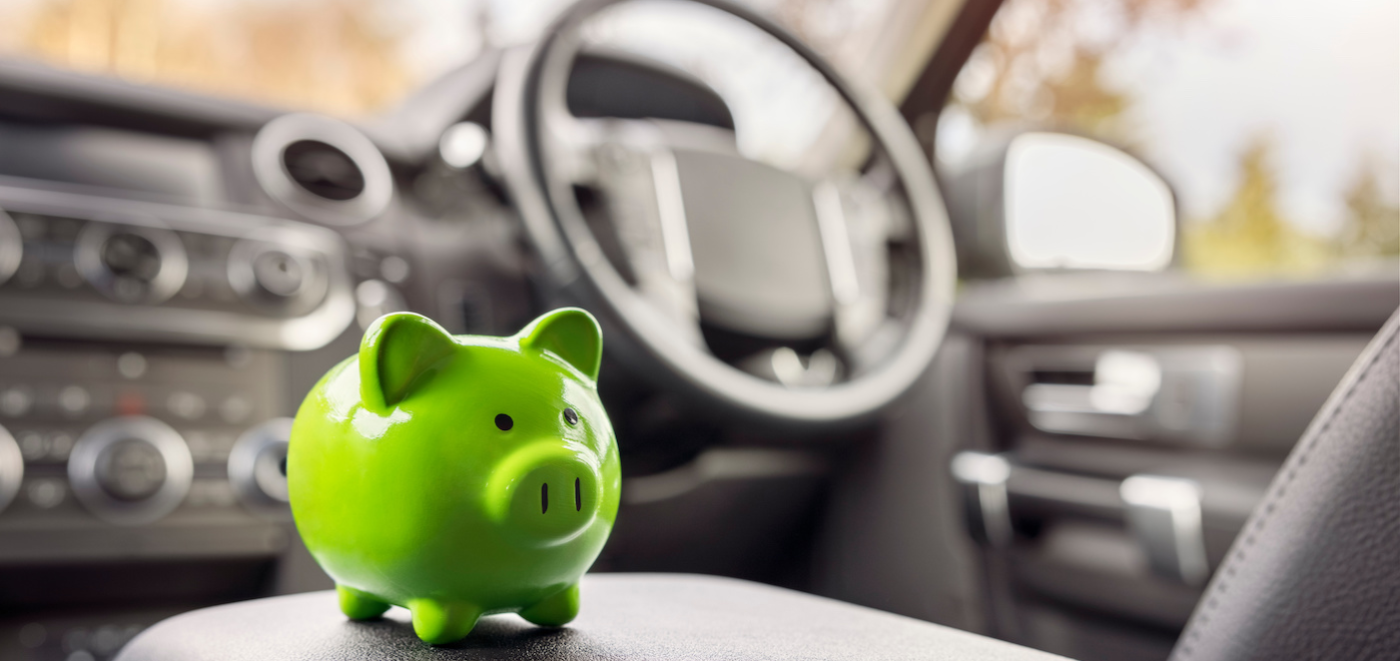Dangers For Young Drivers That Older Drivers May Not Face
.jpg)
If you have young drivers in the house and you’re wondering why your auto insurance rate is going to be so much higher when insuring them, you’re not alone. Many parents are shocked at the higher insurance rates required for teen drivers, but auto insurance companies have good reasons for jacking up the prices of premiums. Listed below are just a few of the factors auto insurance company underwriters consider when determining rates for younger drivers.
Drivers aged 16-19 have the highest accident rates of any age group. Both men and women aged 16-19 are included in this statistic. This means teens are the most dangerous drivers on the road.
Younger drivers lack experience. Your young driver doesn’t know how to navigate a slick road in a rainstorm or how to get out of a fishtail emergency on an icy bridge. Your teen also doesn’t know how to anticipate another driver stopping quickly on the highway or switching lanes unexpectedly. Some of these skills come from experience, and your teen lacks this experience.
Younger drivers lack maturity. You’ve heard the scientific assertion that the part of your brain that monitors impulse control doesn’t finish developing until age 25, right? That’s why younger drivers tend to underestimate the seriousness of risks, making them more likely to make poor decisions while driving. A mature driver will recognize the fact that he is tired and needs to get off the road, or that it’s not wise to eat a Big Mac, change a CD and try to quick scan a text while driving 60 miles per hour down the highway, but a younger driver may view himself as invincible and take the risk.
Younger drivers ferry immature passengers. When teens drive, their friends or siblings, who are also young people, often accompany them. Think of the scene you often see in the classroom, on the basketball court or in your living room, and then imagine those same kids joking around in the car while your teen is driving. Statistics report that teens are 3.6% more likely to have an accident while driving with another young person than when driving alone.
Younger drivers tend to drive without seat belts. It’s more than a safety slogan; seat belts really do save lives, and teens are more likely than older drivers to drive without wearing them. Young drivers also tend to know less about car maintenance and drive older cars, so they are more likely to drive an unsafe vehicle.
Now you know why your auto insurance rates are higher for your younger drivers. They are all valid reasons, so expect higher rates.
